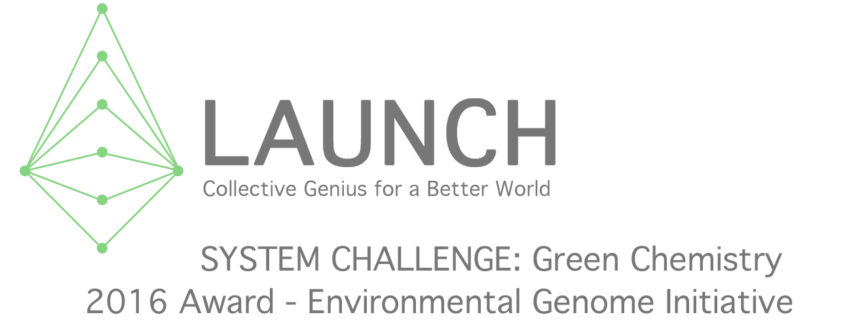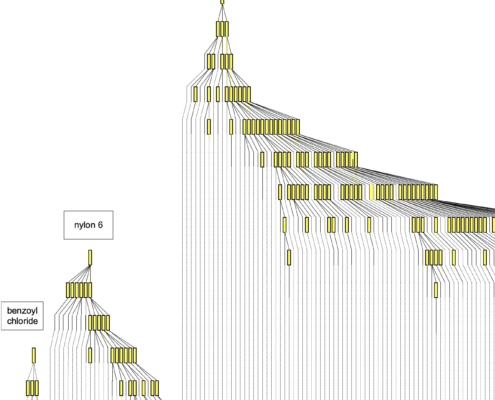The Environmental Genome Initiative is a rich resource for information on the chemicals used to produce all of the products and services we use, their emissions, their impact on the environment, the relationship between pollutants and chronic disease, the health of our oceans and rivers, better the need for energy and water conservation, chemical weapons and other national security issues, informed product purchasing, and improved production processes. If you’re a member of the press and want to talk, please get in touch with us.
Environmental Genome Initiative News
An international group of scientists, corporate leaders, academics, government officials, and policy experts met over two days in the Research Triangle of North Carolina to discuss 12 areas of impact for the Environmental Genome database. The description and goals of their Vision Workshop was published in 1,114 science and general news outlets.
Leading Scientists Win Innovation in Smart Chemistry Award
The discovery of the repeating pyramidal structure was awarded the 2016 Innovation in Smart Chemistry Award, sponsored by Nike, NASA, the U.S. Department of State, the American Chemical Society Green Chemical Institute, and the U.S. Agency for International Development, attracting the interest of major corporations, public policy makers, and the philanthropic community.
Environmental Genome Initiative Founder and Executive Director Dr. Michael Overcash
Journal of Green Chemistry Article on EGIP Discovery
The discovery of the environmental genome for industrial products (EGIP) was published by the Royal Society of Chemistry in the Journal of Green Chemistry in March 2016. The full paper includes the origin of the repeatable structure of the environmental genomic segments and the implications for mapping the full genome.
Media Contact:
Dr. Michael Overcash
Email mrovercash@environmentalgenome.org or mrovercash@earthlink.net
Call 919-571-8989 or 919-801-6064.
The repeating pyramidal pattern of molecular building blocks for three common chemicals, benzoyl chloride, nylon 6 and paroxetine. Each of the pyramidal shapes shows the aggregation of processes that make up the supply chain – from the sourcing of raw materials from the ground at the base of these structures, through the progression of intermediates in the supply chains, to the chemical product at the top.



